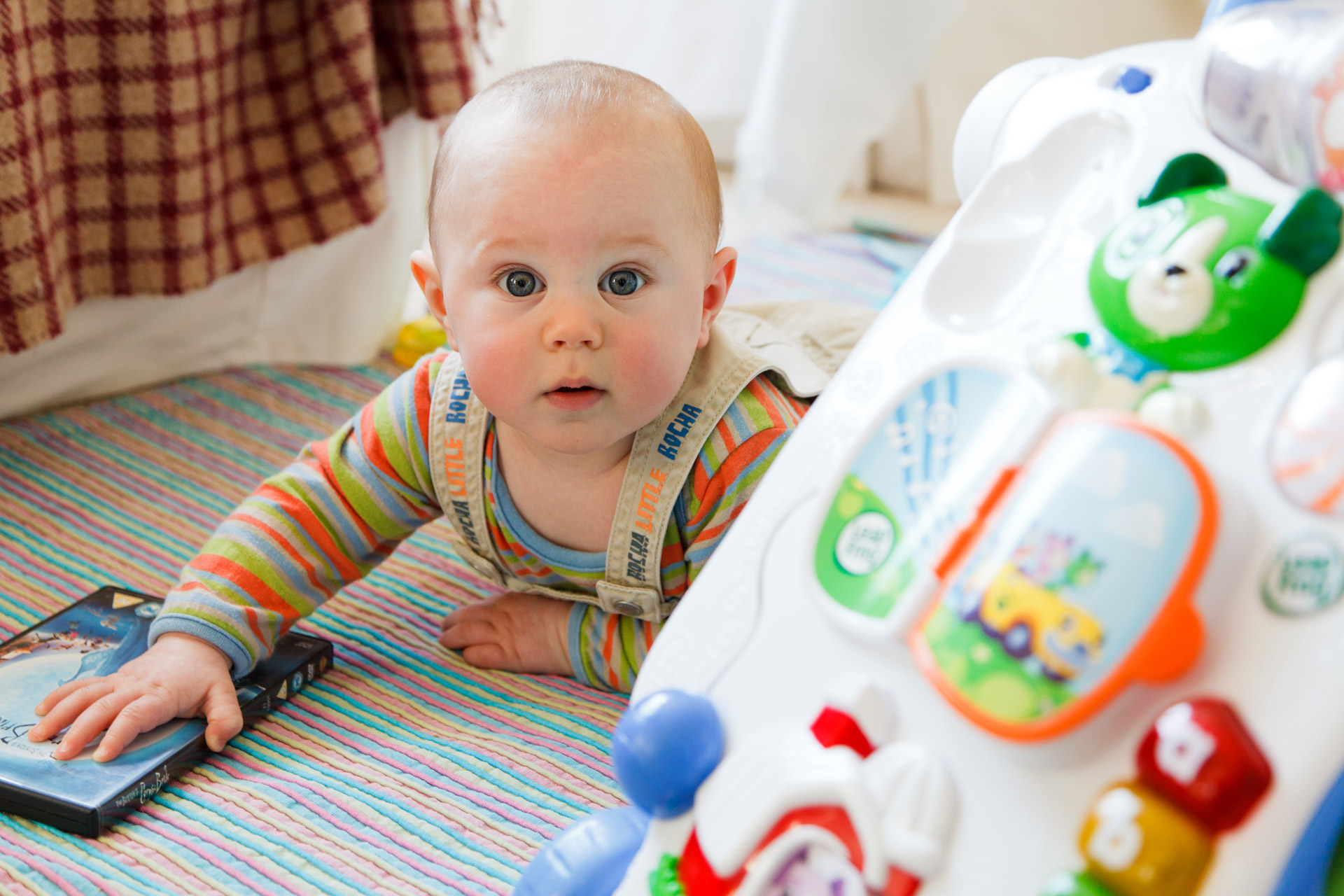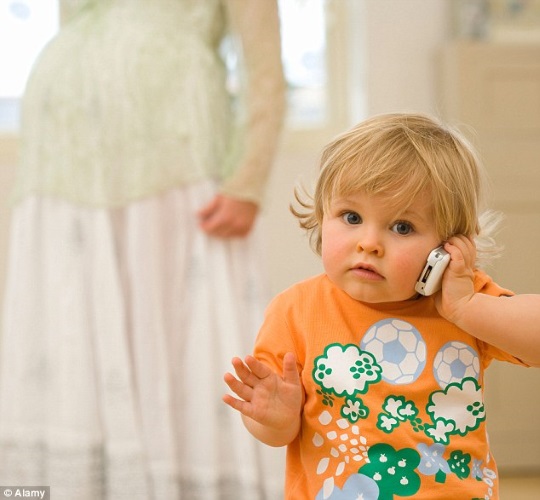6 Ways to Stop Sibling Bickering and Rivalry
“Mom, he just called me a bad name.” “I did not, you liar!” “He did too, Mom, and he always does; you just never see it!” “Get lost, you brat; you’re such a baby!” “I hate you!” Siblings bicker; it’s what they do. They tease and taunt and fight. It can drive parents crazy and wear us down—and for good reason. Seemingly harmless at the beginning, sibling bickering can lead to physical violence and hurtful digs like you’re ugly, fat, or an idiot, to name just a few. Siblings go at each other for many reasons: everything from boredom to jealousy to habit, to basic personality and temperament differences. But one main reason is because it is tolerated. Parents are told to let their children fight their own battles. And, in truth, jumping in prematurely can create more difficulty; parents try to be the judge, attempting to figure out “who started it” (which is impossible) and wind up taking sides. But, parents are also told not to ignore sibling conflict. Kids need their parents’ help and guidance; they are still figuring out how to work things through with their siblings. They want to hang out together, but don’t always know how to resolve conflicts. And they are still learning (and sometimes testing) what parents will put up with: what is acceptable, what is not, and how far they dare go. So parents are told to stay out and parents are told to step in. No wonder we’re confused when it comes to handling sibling struggles! Let’s take a look at six ways for parents to address sibling bickering that can teach kids important skills and prevent routine squabbles from turning into bullying and serious rivalry over time.
1.Pay attention to how you tend to react when your kids are squabbling. Are you an over-reactor or an under-reactor? If you are like me, then you tend toward overreacting when you hear your kids struggling with each other. I tend to move in quickly to try to stop the fighting and fix things. Their fighting stirs up my own stress, so I jump in to intervene. If you tend to overreact, try sitting on your anxiety before jumping in too quickly. Give your kids the space to experience conflict, manage their distress, and solve their own problems. If, instead, you are like my friend, Jan, and tend to do the opposite, then you underreact when the kids are going at each other. She tends to freeze when the going gets tough; her own stress causes her to throw up her hands and give up. If you tend to underreact when stress rises, remind yourself to stay present and accounted for, rather than distancing yourself from the intensity.
Maybe instead, you jump back and forth between the two. Neither reaction is right or wrong, or anything to feel guilty about. What’s important is to notice your own tendency so you can modify your patterns and automatic behaviors when feeling stressed by the kids’ conflict. By not under or overreacting to your stress when you hear their tension escalate, you will get a handle on what is actually necessary for you to do, if anything.
Generally, this is a good rule of thumb. Stay calm and let them work through their differences. If the fighting heats up, unless it’s getting particularly vicious, ask them to take it somewhere else so they don’t disturb you. Or simply tell them to separate and take a time out until they have cooled off. 3.Set ground rules, including principles regarding how you expect siblings to treat one another. For instance, maybe a principle that you expect everyone in your family to live by is to treat each other with kindness and respect, no matter how stressful things get. If there is a problem that people are having trouble working out, the ground rule is no fighting; they sit down and talk it through. 4.In calm moments, teach your children the conflict/resolution method. This model teaches each person to state the conflict, brainstorm all possible resolutions, and then together pick out the one that works best for both people. You can use the problem at the center of a recent squabble as an example to walk through with your kids, once things cool off. 5.Examine whether you are contributing to your kids’ rivalry. As parents, often without being aware of it, we can contribute to our kids’ feelings of jealousy. To determine if this is happening, observe your kids’ typical “dance.” For example, for a long time I would blame my son, Sam, for being the instigator of conflict with his brother. When I took a more careful look, I recognized that when stress got high, Sam tended to pursue or go after Josh, and Josh tended to distance or pull away from that pursuit and intensity. The more Josh distanced, the more Sam got in his face, trying to engage him and get his attention. They were involved in a dance that was not helping them solve their conflicts. Josh’s distancing style was easier for me to cope with because it was quieter. Sam’s pursuing style was louder and included more verbal slings. Because Sam’s style of managing stress was more problematic superficially and got my attention, without even realizing it, I tended to blame him for the bickering. Sam was onto something when he would tell me I always sided with Josh. Parents can also inadvertently cause rivalry if the parent tends to confide in one child about the other, or share personal or family information with one child and not the other. Parents might tell one child, “Don’t tell your sister,” because the parent believes she is too sensitive and can’t handle it. This creates alliances, insiders and outsiders, false roles, and labels. The sibling on the outside senses her position in the family and, in response, will likely react negatively to her sibling. 6.Embrace each child as a unique individual. When my kids went through periods of fighting a lot, I learned that it was necessary to look at my (and my husband’s) relationship with each child. As I observed the subtleties of my behavior, I saw more clearly that I was inadvertently playing a part in how my kids were feeling about each other. If your child says to you, “You seem to like Johnny more than me,” take a close look at how you are reacting to each child before telling him that his feelings are not true. For instance, I noticed I would call my husband with excitement when one of my boys played a good soccer game, but I didn’t necessarily do that when the other had an accomplishment. I was laying the seeds for them to be seen in comparison to each other. Another time, my sister gently pointed out that I seemed to only worry about one son and never the other. This made me realize that I was projecting my needs and fears onto him, which influenced how I treated both of them. In both cases, I wasn’t really seeing each child as an individual, with his own unique strengths and weaknesses. My perspective wasn’t objective, and my kids picked up on that.
It’s important, although admittedly sometimes hard, to see your kids’ differences without labeling them—the smart one, the pretty one, the helpful one, the messy one, the one that is like difficult Uncle Paul—or denying, minimizing, or blowing out of proportion their differences. Often, oldest kids get locked into being the “responsible ones” and the younger ones “the slackers.” This is not realistic and can lead to resentment because they have less room to be the individuals they are.
By not taking sides or trying to be the judge, by taking a close look at your own relationship with each child and your tendencies when stress between your kids occur, and by not tolerating bullying behavior, you will help reduce sibling struggles. You will not get rid of sibling bickering, no matter what you do. But, you can make your home a safe place where each child is seen as an equal and appreciated for who he is.
Retrieved From: https://goo.gl/zxAhVk
|
|

















